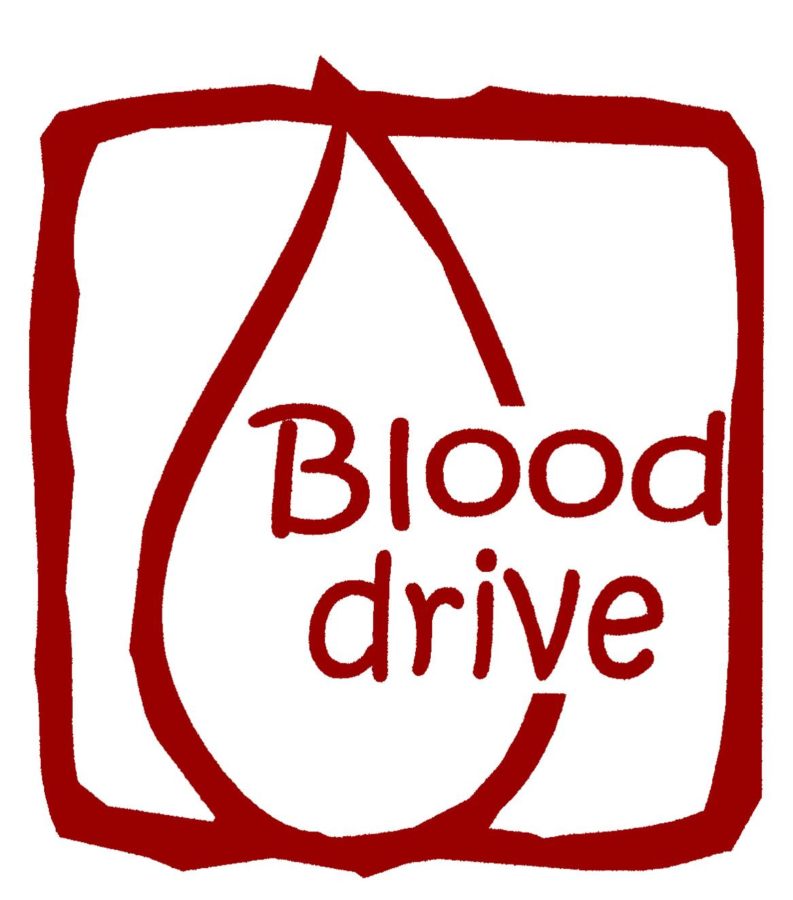Few Students Aware of Risks Associated with Blood Drive
November 30, 2019
National Honors Society helped with the annual fall blood drive at NHS on Nov. 6.
One of the main concerns of parents are the health risks and side effects of blood donation. So how many students are genuinely informed about the risks and side effects? After taking a poll out of 186 students 63 percent voted that they were never told about risks. They were only encouraged to donate. The remaining 37 percent said they were informed or had previous knowledge of possible risks.
According to a review by American Red Cross officials published in The New York Times, “16- and 17-year-old, the vast majority of whom donate at high school blood drives, face a higher rate of problems associated with giving blood. They are many problems that can happen after donating such as fainting, bruising, nausea, feeling light-headed or dizziness, continuous bleeding and pain.
Fall is not only one blood drive at NHS; three events are held through the course of the school year. One in fall, winter and spring. Teenagers are asked to continuously donate without proper knowledge of the risk.
“Sixteen and 17-year-old adolescents constitute only 2.8 percent of the U.S. population, but they contribute an estimated 10percent of the blood supply, with more than 1 million donations per year,” according to the same article featured above.
Donors must be at least 16-years-old with a parent/guardian permission to donate. In contrast, 17-year-old are able to go without parent permission. Each donor fills out the form, and he or she is taken through the process to begin the donations.
Letting thousands of 17-year-old make this decision on their own could be concerning to parents.


